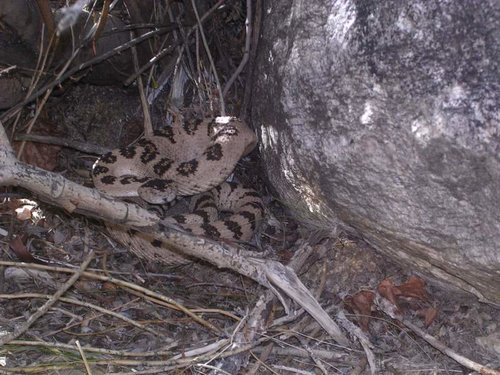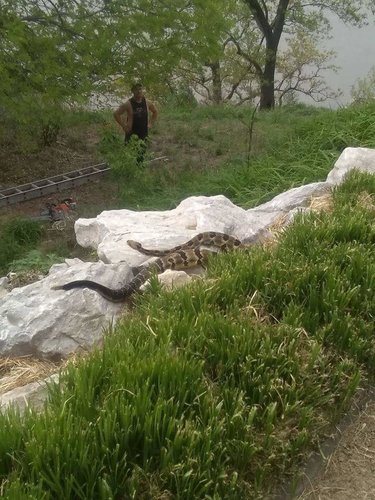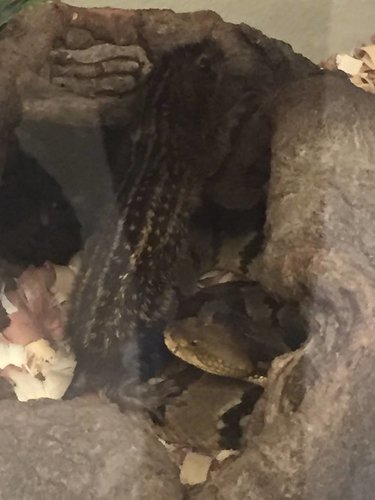bigdonniebrasco
Active member
I was turkey hunting with the wife and almost stepped on this monster! Big ole fat female, that was legitimately as thick an average forearm!
13-14 rattles (that are still intact). in the neighborhood of 5 feet long!
Biggest/heaviest one I have ever come across.
10 seconds earlier I had said "watch your step, this looks pretty snakey in here"
13-14 rattles (that are still intact). in the neighborhood of 5 feet long!
Biggest/heaviest one I have ever come across.
10 seconds earlier I had said "watch your step, this looks pretty snakey in here"








